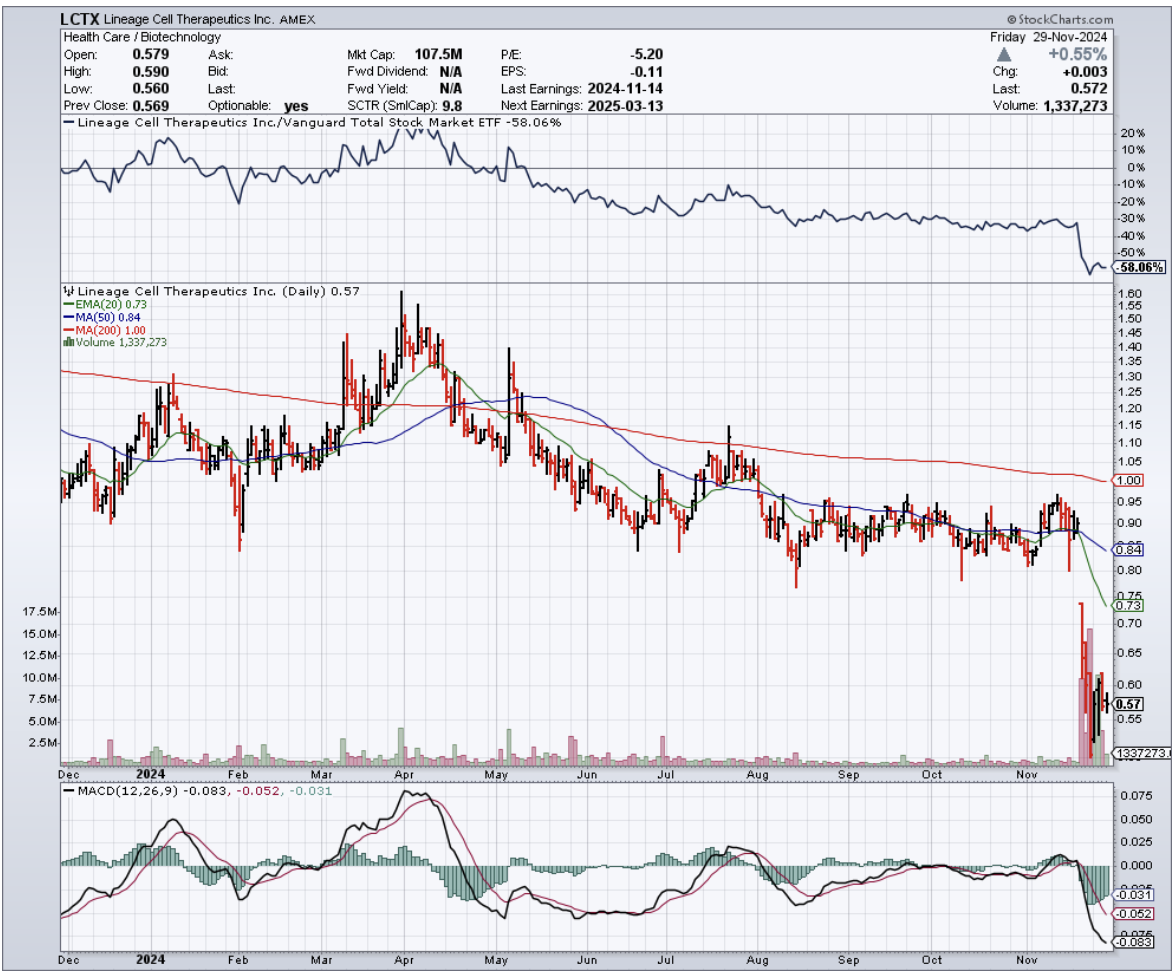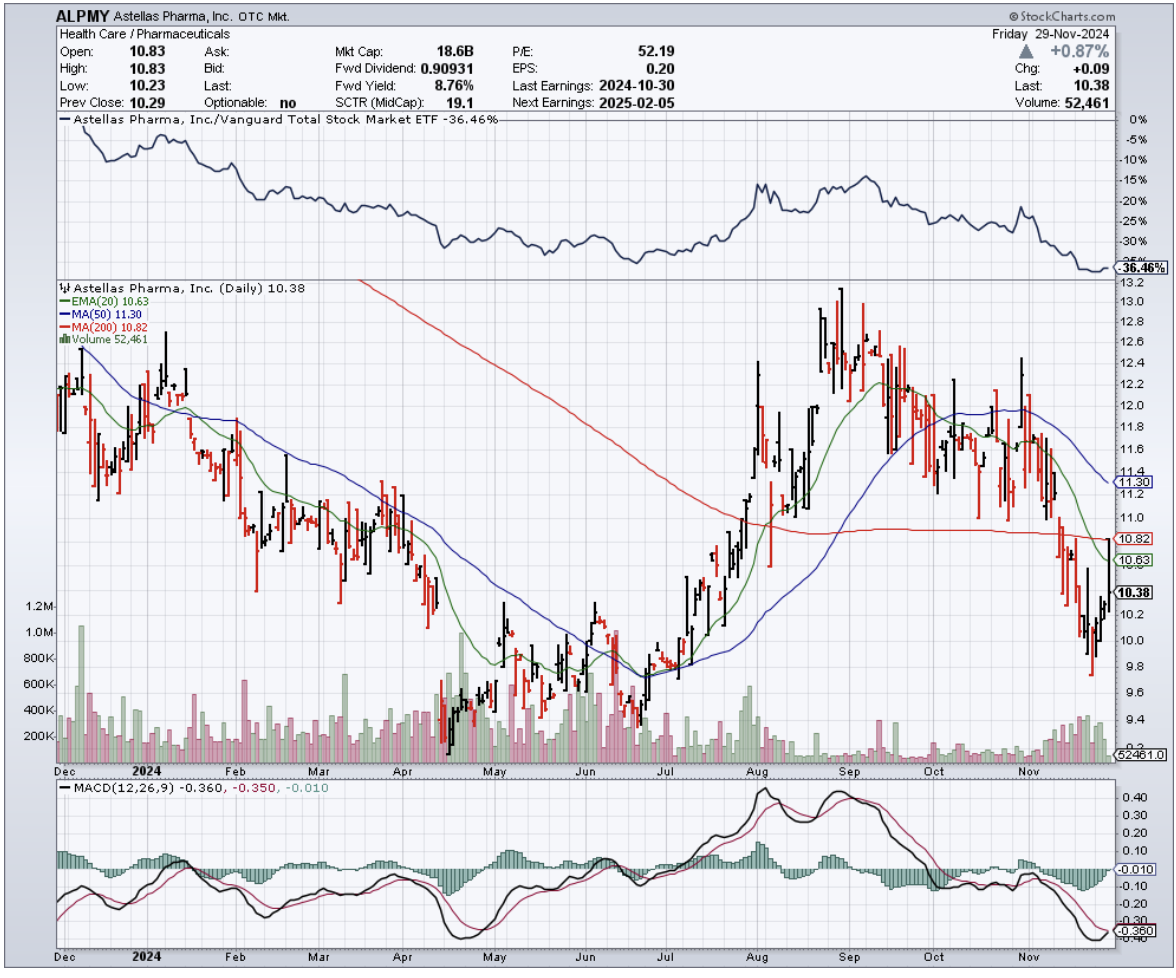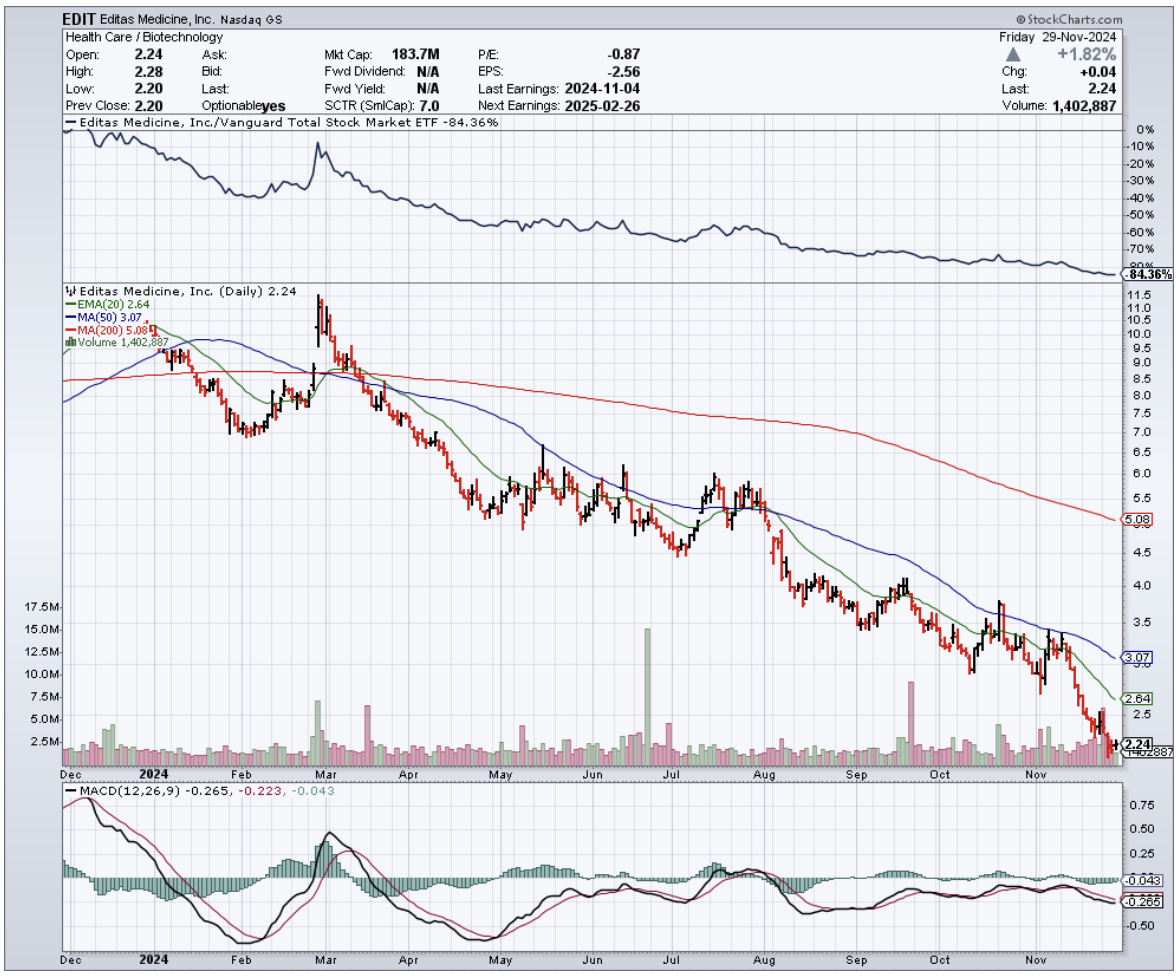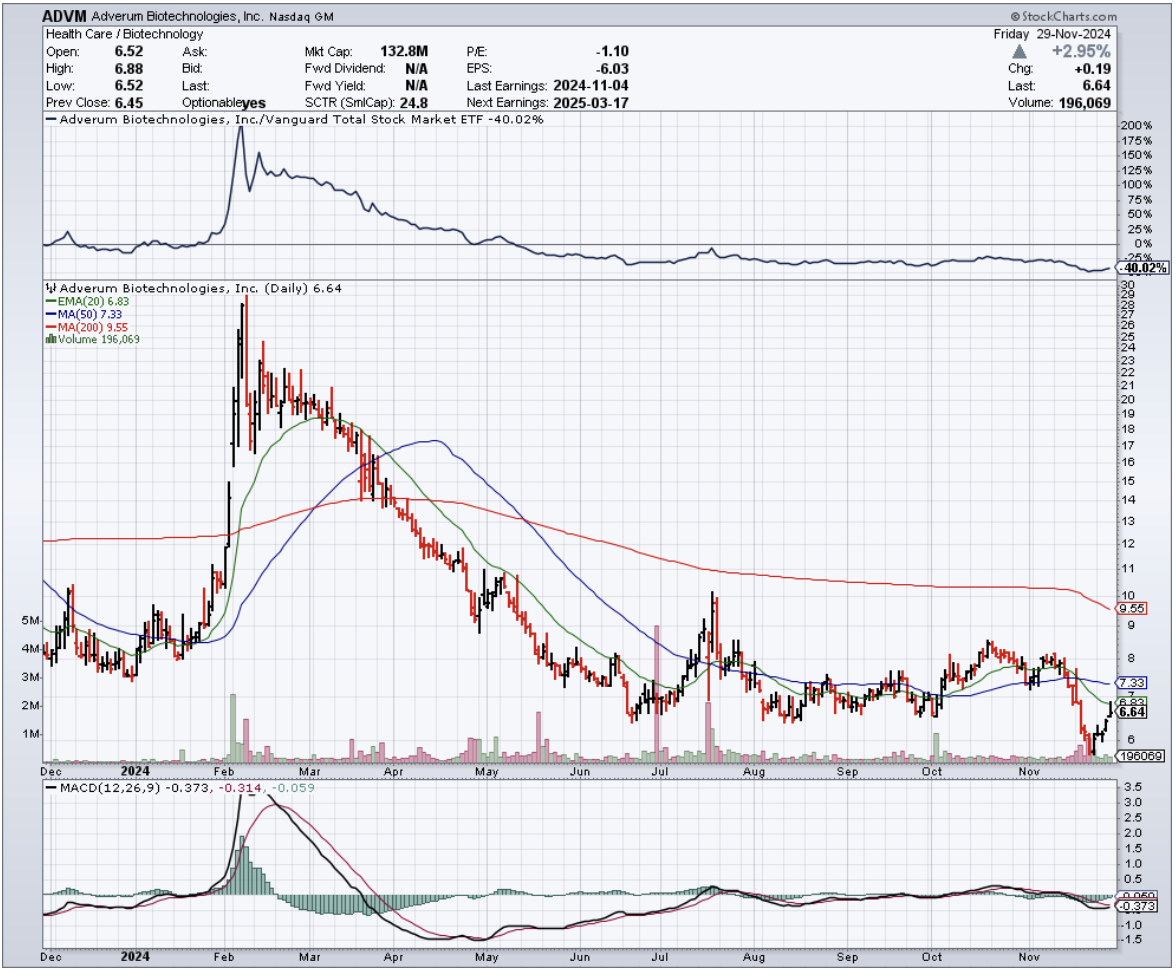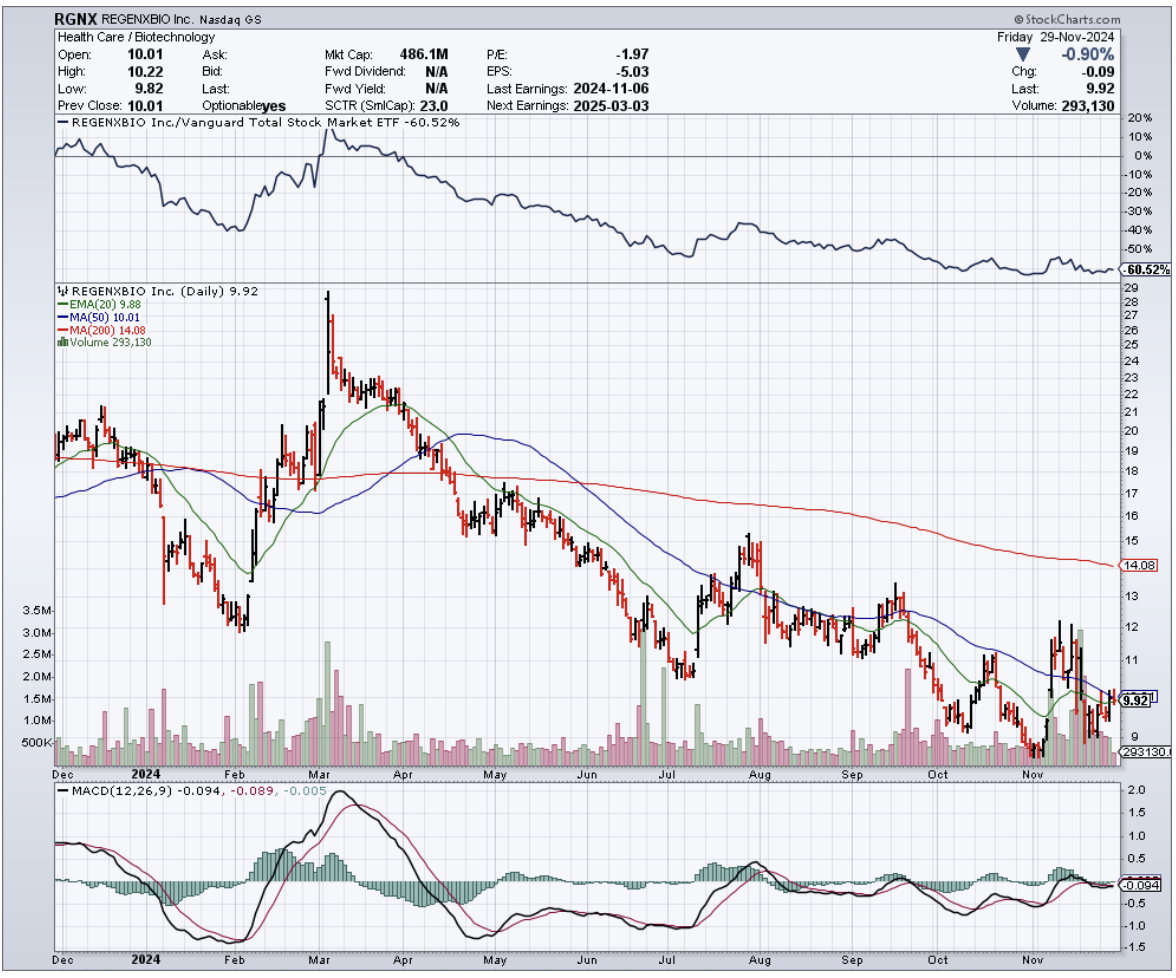Who knew that the path to restored vision would involve recycling?
Not the kind where you sort plastics from paper, but the fascinating world of cellular hand-me-downs, where scientists are taking stem cells - nature's ultimate blank slate - and transforming them into made-to-order eye parts.
While most medical breakthroughs involve pills, patches, or the occasional well-placed zap of electricity, doctors have managed something far more incredible: they've successfully restored vision in multiple patients by essentially giving their eyes a cellular renovation via stem cell transplants.
But before you picture entire eyeballs being swapped out like lightbulbs, let me explain: We're talking about precision repair work at the cellular level, particularly targeting the notorious troublemakers of the vision world - macular degeneration and corneal damage.
The numbers behind this story are enough to make your eyes pop (sorry, couldn't resist).
Nearly 20 million Americans over 40 are currently living with age-related macular degeneration (AMD). That's more people than the entire population of New York City, all dealing with various stages of vision loss.
Break it down further, and you've got 18.34 million people with early-stage AMD and 1.49 million with the late-stage version, according to those number-crunchers at JAMA Network.
And once you hit 75, your chances of having AMD jump to nearly 30% - not exactly the golden years surprise package anyone's hoping for.
Here's where things get interesting - and by interesting, I mean expensive.
The National Eye Institute estimates that vision loss costs the U.S. about $139 billion annually. That's not just medical bills. It's everything from lost productivity to the cost of assistance devices and support services.
To put this in context, $139 billion could buy every resident of California a lifetime supply of carrots - though that wouldn't help their eyesight nearly as much as stem cell therapy.
Speaking of which, the stem cell therapy market, currently valued at a modest $456 million (pocket change in pharmaceutical terms), is expected to bulk up considerably, growing at a clip of 25.23% annually from 2025 to 2030.
By 2032, we're looking at a market worth $56.15 billion. That's what financial types call a growth opportunity, and what I call a lot of zeros.
Now, let’s take a look at the companies betting big on this cellular vision quest.
Lineage Cell Therapeutics (LCTX) is developing something called OpRegen, which sounds ominous but is actually a therapy using retinal pigment epithelium cells.
They must be onto something because Roche’s (RHHBY) Genentech liked it enough to throw $670 million at them in a collaboration deal.
Then there's Astellas Pharma (ALPMY), working on their own vision-restoration treatment, and Adverum Biotechnologies (ADVM), which is taking a slightly different approach with gene therapy.
Editas Medicine (EDIT) is getting even fancier, using CRISPR technology - think molecular scissors for DNA - to snip out the bad bits causing blindness.
Regenxbio (RGNX) rounds out our vision-quest dream team with their work on something called RGX-314, which uses viral vectors to deliver therapy (think of it as FedEx for genes).
The whole field of regenerative medicine, currently a $13.3 billion industry, is expected to grow exponentially, with projections showing a 23.3% annual growth rate by 2030.
That's significant considering the vision restoration market alone is worth $30 billion globally, with plenty of room to expand. Of course, that’s assuming these treatments make it through the regulatory obstacle course.
For one, there's the FDA to convince, manufacturing challenges to solve (turns out, growing eye cells at scale is tricky), and the ever-present question of who's going to pay for it all.
But given the alternative - a future where millions more lose their vision to degenerative diseases - the motivation to solve these challenges is crystal clear.
For those watching this space, I advise adding these names to your watchlist. After all, the future of vision care isn't just about getting better glasses or contact lenses anymore - it's now about regrowing the parts of the eye that wear out.
And that's a vision worth keeping an eye on (last eye pun, I promise).
